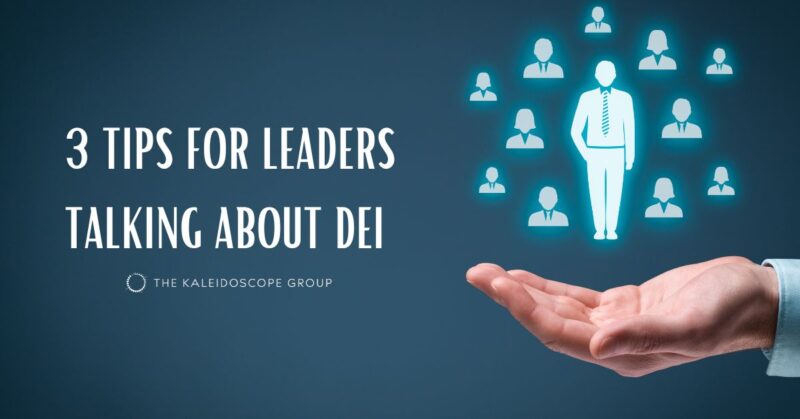Creating Impactful Change
June 29, 2023

If you want to make an impact, learn to create the conditions for RealChange.
We think of company culture as an ecosystem. Typically, an ecosystem consists of all the organisms and the physical environment with which they interact. A culture consists of all the employees, teams, and sometimes customers and the physical, mental, emotional, and virtual environments in which they interact. We call these environments Contexts. A context is broadly defined as “the group of conditions that exist where and when something happens.” Contexts refer to the environments in which your life unfolds, including physical and virtual surroundings, signs and signals; the people you interact with; the rules that govern those interactions; and the way that each one of us perceives the world. These contexts are essentially hidden in plain sight and form the backdrop of our daily lives, powerfully but invisibly influencing our thoughts, decisions and actions, that is, they are in the background, often go unnoticed (unless disturbed) and are highly influential on our conduct and behaviors.
Despite these characteristics, these four Contexts are critical when you want to succeed at change.
It is therefore unsurprising to read about a study published in the Harvard Business Review that found no correlation between mandatory diversity training and improvement in representation of women and racial minorities in management in the US. How ready were those 800 corporate cultures for change? It should be clear by now that knowledge is necessary but insufficient to change behavior and that the problem is a much bigger, more complex one. Perhaps that explains what might be interpreted as a reluctance to spend money on diversity programs as was reported in the Washington Post confirming that less than 4% of the allocated DEI budgets were spent in 2020. Since then there has also been reports that by the end of 2021 diversity-related jobs were being cut at double the rate of non-DEI jobs according to Revelio Labs.
The issue is the underlying culture and its ‘readiness’ for change.
Creating the conditions for change starts with an evaluation of each context to determine its readiness for change. Going back to the ecosystem analogy: For trees and other plants to thrive, they need healthy soil that is teeming with life. Planting in difficult soil, like clay, or soil that has harmful components will not lead to a beautiful garden or lush forest. Expecting people to change their behaviors without creating the context for change will slow your progress and impede your ability to impact at scale.
If you hope to make an impact in any program or initiative that involves human behaviors and habits, you will need to move past training and education as a method for success. When trying to solve complex human problems both leaders and managers often fail to understand and subsequently create conditions that are appropriate for the desired change. To address these issues leaders and managers must evolve their thinking towards human performance in order to meet the increased complexities of the workplace. This requires whole system thinking and more skilled and robust leadership.
Are you ready to evaluate the change readiness of your culture? Let’s start a conversation today about RealChange Readiness.


